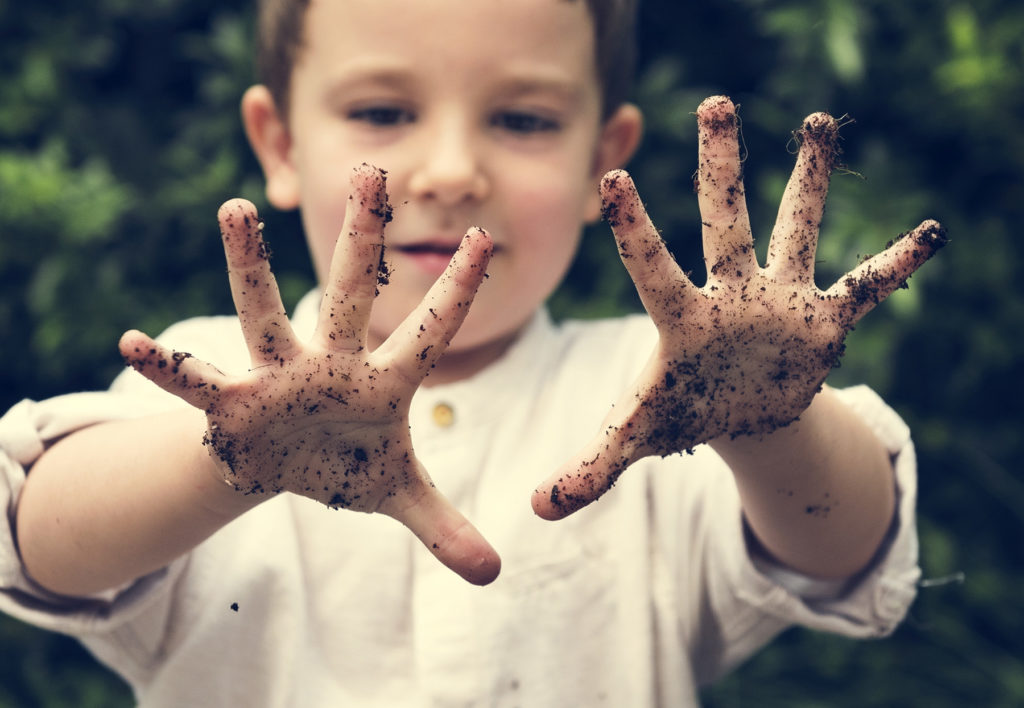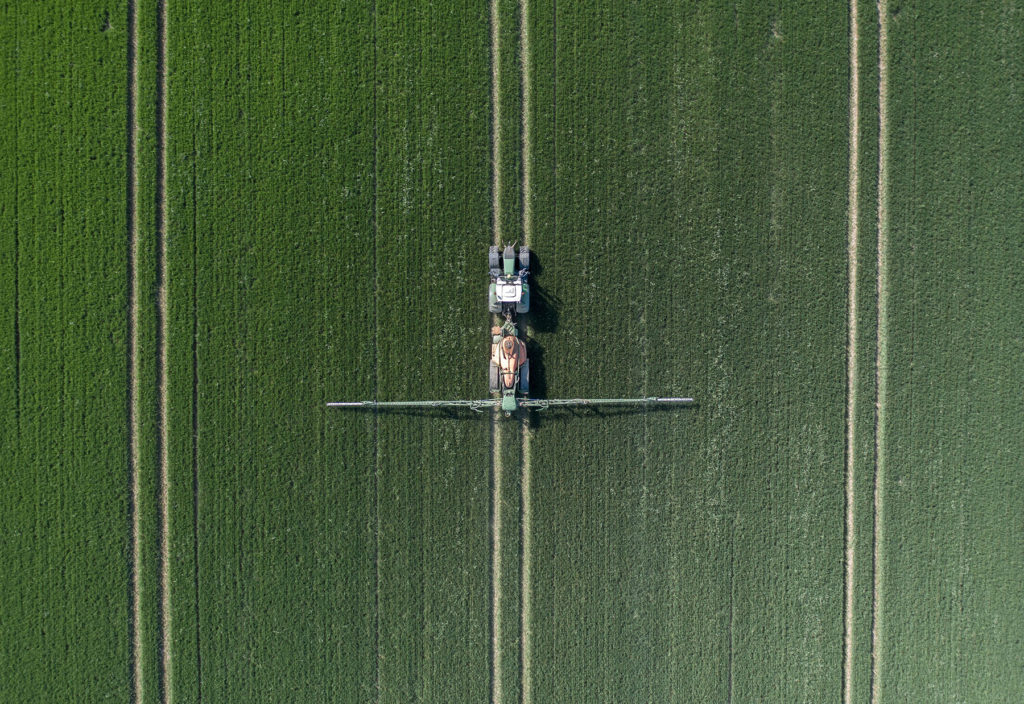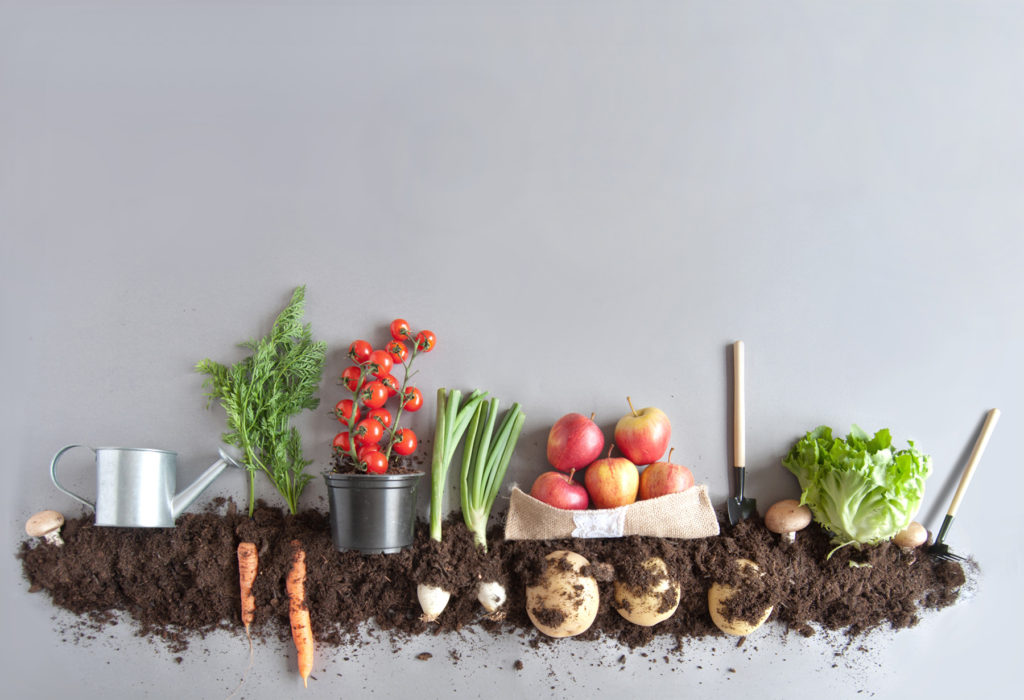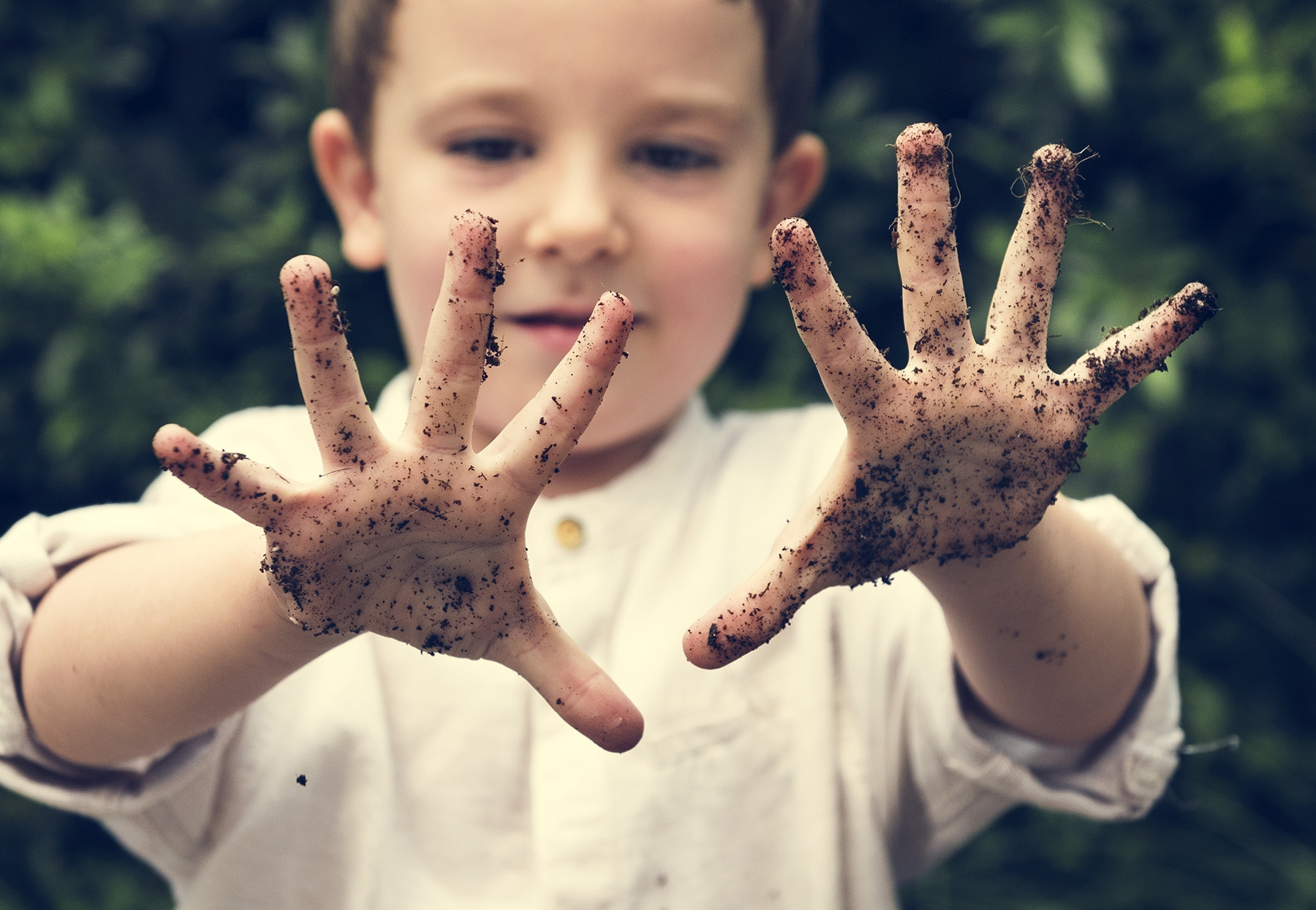Kiss the Ground…Our Forgotten Relationship with Soil

Dirt…it’s everywhere. In our gardens, under the grass where our children play, in the fields that grow our food, and even on the bottom of our shoes that we accidently walked through the house with. But what lies beneath the surface, out of sight and often out of mind, is a complex and essential ecosystem that supports us more than we know.
I want to share another excellent book about sustainability, food, health, and you guessed it…soil, because a better future, it seems, lies in restoring our soils. As humans, our relationship with soil and the complex ecosystem within is somewhat interdependent. We rely on soil to grow the food that sustains us, and we hold the power to help create healthier soil…or destroy it. In Kiss the Ground, Josh Tickell explores how soil impacts our food and our health, and how we impact the soil.

If you’re bored of this blog and ready to start turning pages you can purchase th book here from Amazon, or visit your favorite book store or eBook provider. You can also visit the Kiss The Ground website to learn more. I also recommend watching The Soil Story and The Compost Story (and many other informative videos) on the Kiss The Ground YouTube channel!
Soils and Sequestration

Throughout the book, Tickell delivers the message that we must restore our soils. It is made painfully obvious to the reader how dependent our lives are on the soil, and the food it produces – and that we ought to pay more attention to what we eat and where it came from. Tickell gives great insight into the ways in which healthy soil can sequester carbon and play an important role in solving many of the world’s climate issues, but points out that in the past 100 or so years humans have greatly depleted the soils we depend on (which took thousands of years to form).
Chemicals

Tickell introduces the reader to the various chemicals used in modern agriculture that produces the food most of us eat. The history behind some of the most heavily used chemicals as well as their impacts beyond the field might surprise you…sadly, most are detrimental in one way or another. These chemicals, such as glyphosate, run off fields and crops and enter the environment – particularly the water. Beyond polluting the environment, as farmers use increasing amounts of pesticides, herbicides, and fungicides, weeds become more resistant to the chemicals and the downward spiral continues as farmers must apply more and more to keep weeds under control. Further, these chemicals deplete the soil organic matter (SOM) necessary for a healthy soil which reduces soil’s ability to hold water and sequester carbon, and in turn farmers must apply more and more synthetic fertilizer to keep yields high.
Better Soil, Better Food, Better Future

A better future, it seems, lies in restoring our soils. Healthy soils, rich with microbes, hold more water and sequester carbon, and produce better food. Much of the food we consume each day is highly processed, filled with chemicals, and provides little nutritional value, and though it may be “cheap” food, it certainly comes at a steep cost. Healthy soils produce nutrient food rich with nutrients, benefitting the planet and the consumer.

Large scale agriculture that benefits the earth is possible, but the demand must come from the consumer for regenerative farming, and sustainably grown food – rich with flavor and nutrients. As consumers, we must take note of where our food comes from, and what it is we are consuming. A higher demand for nutrient rich food will push farmers to grow better food, and in turn restore the worlds soils.
